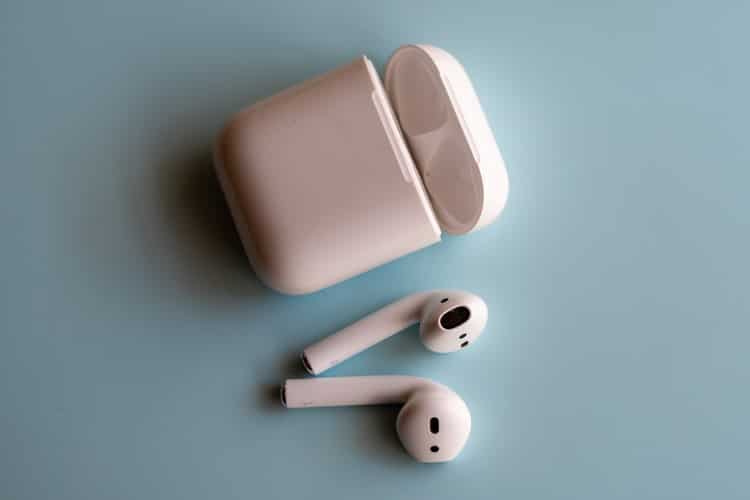According to the Centers for Disease Control and Prevention, “An estimated 12.5% of children and adolescents aged 6–19 years (approximately 5.2 million) have suffered permanent damage to their hearing from excessive exposure to noise.” A potential source of this noise exposure is the technology that entertains them. Below we review how loud sounds cause damage, how loud is too loud and how to keep your children’s ears safe to prevent hearing loss.
How Loud Sounds Cause Damage

Inside the inner ear is the cochlea, which is filled with fluid and lined with tiny hair cells. As soundwaves travel through the ears, it moves the fluid, which stimulates the hair cells. The cells convert these soundwaves into electrical impulses, which travel to the brain via the auditory nerve to be interpreted as sound.
When dangerously loud sounds pass through the ears, it can damage or destroy these cells. Once damaged, they do not regenerate, and the result is permanent sensorineural hearing loss.
How Loud Is Too Loud?
The answer to this question is a little more complex than you might think. When it comes to how loud too loud is, it depends on how long your child is listening for.
The simple answer is, according to OSHA, the threshold that is considered safe is approximately 85 dB. This is about the volume of passing highway traffic or a busy café. At this volume, sounds are safe for about eight hours of exposure.
However, if your child is listening for longer than eight hours, 85 dB is too loud. All-day listening should be limited to less than 70 dB—about the volume of a washing machine or dishwasher.
How to Keep Their Ears Safe
Some ways you can keep your child’s ears safe are to:
- Invest in volume-limiting headphones. They ensure your child can’t crank up the volume much louder than is safe.
- Alternatively, get noise-canceling headphones. Another good option is noise-canceling headphones, which block background noise so your child can hear their music clearly without having to turn up the volume.
- Set volume controls on their devices. Most smartphones and tablets allow you to put volume limits on them, so you can protect their hearing without having to buy them new headphones.
For more information or to schedule an appointment, call Foothills ENT today.
